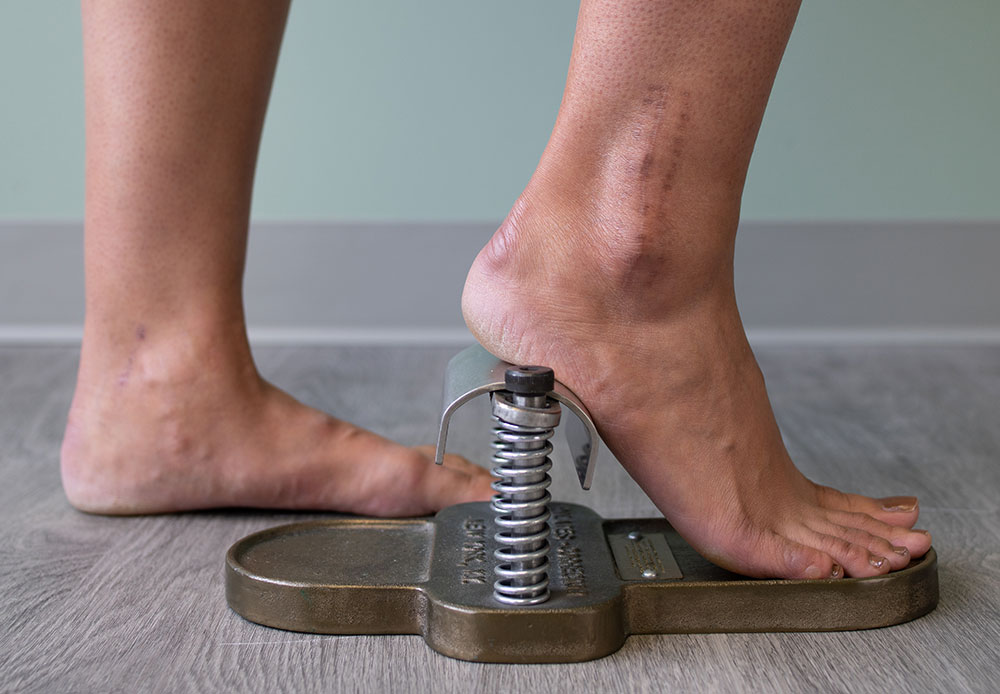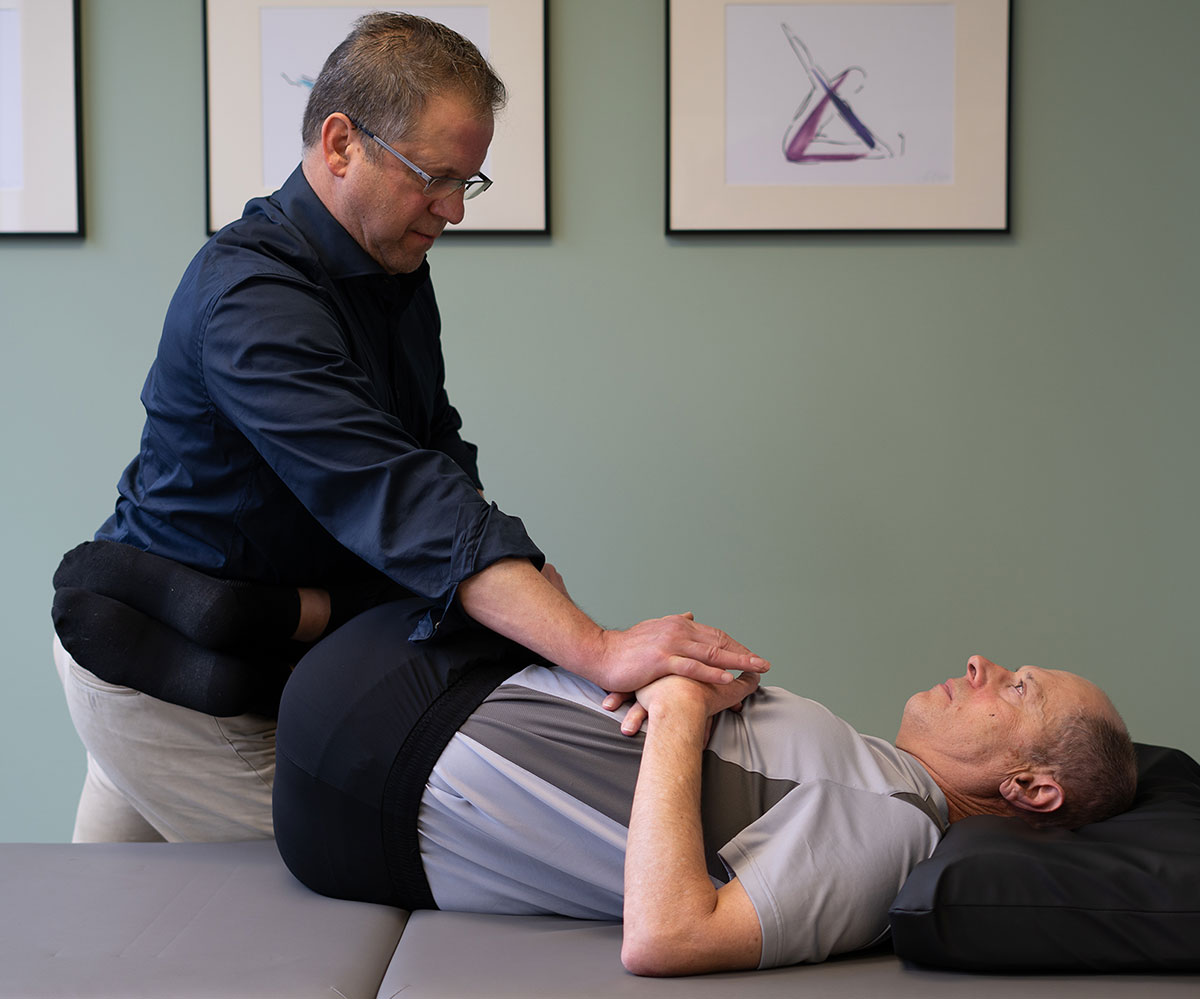About Pilates & Physical Therapy
“Sometimes you don’t realize your own strength until you come face to face with your greatest weakness” – Susan Gale


What is the purpose of physical therapy?
Most of the injuries that send people to physical therapy are not truly injuries at all. Instead, they are caused by postural imbalances and the repetition of dysfunctional movements over time. One of the main goals of physical therapy is to break these negative movement patterns, re-educating the body on how to move correctly.
How can Pilates help?
Classical Pilates, designed by the German physical trainer Joseph Pilates during the First World War, has its roots in rehabilitation. Pilates suffered from various ailments in childhood and subsequently devoted his life to improving his physical health. He believed that lifestyle factors, posture, and breathing played a key role in cultivating and retaining health and well-being.
The focus of the Pilates system is on cultivating deep core strength in the abdominal muscles, spine stabilizers, and pelvic floor, collectively known as the body’s “powerhouse.” A strong core and stabilizing muscles support the entire body, improving posture, rotation, and lateral bending as well as lessening the impact on the knees, hips, and ankles. The overall results are improved alignment, healthier movement patterns, and the reduction or elimination of pain.
The Pilates system includes both mat and apparatus-based exercises. It provides a powerful and adaptable environment for patients to recover from injury and restore physical function. The use of apparatuses enables the manipulation of gravity, allowing the patient to perform movements that might otherwise be too painful or fatiguing. Pilates exercises can also be modified to meet the patient’s needs in their current state.
The beauty of Pilates is that it can support an individual throughout their entire journey, right from the early stages of rehabilitation through to the long-term goal of a condition, fully functioning body. In this way, Pilates is the perfect complement to traditional physiotherapy modalities. As joints and tissue re-learn how to move, Pilates can help to reinforce and embed this knowledge, leading to lasting movement health and a stronger body overall.
Our Mission
The human body is not a set of disparate parts but one living, breathing whole. Rooted in the practices and philosophies of classical Pilates, our one-on-one physical therapy looks at health and wellbeing from a holistic, full-body perspective.
As no two patients’ needs are exactly the same, we pride ourselves on taking the time to understand you as an individual and your body as the unique instrument that it is. With our personalized and integrative approach, patients can expedite recovery through evidence-based treatment.

What does success with Pilates look like?
Having a positive experience of movement without pain may be the most significant factor in the rehabilitation process and in attaining the best possible outcome for a patient. Success with Pilates and physical therapy signifies a return to activities that were previously prohibitive or severely limited because of an injury or disease.
With the help of Pilates, physical therapy practitioners are achieving successful outcomes with patients suffering from a vast array of injuries and conditions, from Parkinson’s Disease to chronic lower back pain.
Get in Touch
(862) 200-7413
office@pilatesadvantagephysicaltherapy.com
Open Hours
Monday — 10:00 am – 5:00 pm
Tuesday — 12:00 pm – 7:00 pm
Wedsday — 10:00 am – 7:00 pm
Thursday — 10:00 am – 7:00 pm
Friday — 9:00 am – 4:00 pm
Saturday — Closed
Sunday — Closed
39 S Fullerton Ave
Montclair, NJ 07042
